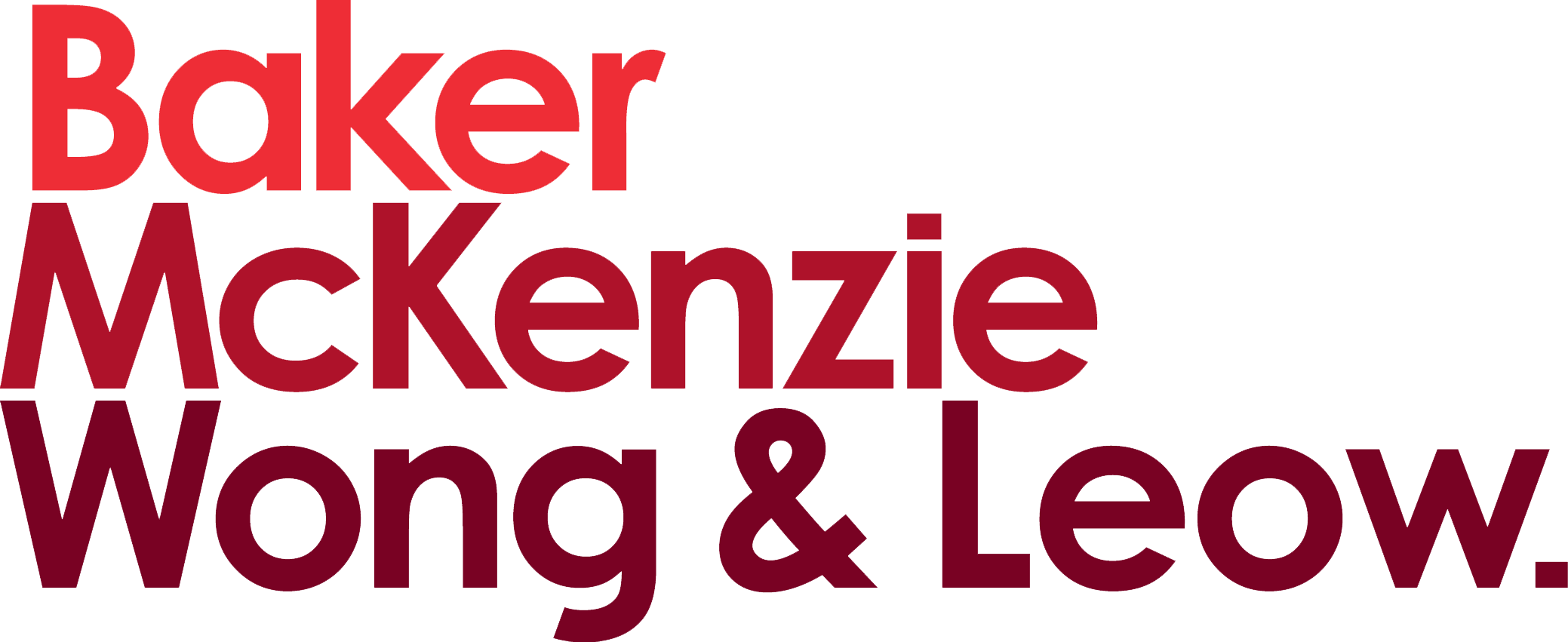Background
Medical devices must be supported by clinical evidence demonstrating compliance with the relevant Essential Principles of Safety and Performance of Medical Devices before they are placed on the market for supply in Singapore. Through GN-20, the HSA seeks to provide practical guidance on clinical evaluation and the presentation of clinical evidence for purposes of product registration.
Clinical evaluation generally refers to the ongoing process that assesses and analyzes clinical data pertaining to a medical device, based on its intended purpose and classification, in order to verify its safety and performance throughout its life cycle.
The HSA intends, through the implementation of the Draft Guidance, to reflect the latest thinking on essential topics relating to clinical evaluation. The Draft Guidance presents the HSA's position on the use of real-world data in medical device clinical evidence and provides specific clarifications on clinical evaluation for software medical devices.
Use of real-world data
In GN-20, the HSA had recognized the value of real-world data. Being obtained in larger, heterogenous and more complex populations with a broader (and potentially less experienced) range of end-users than is usually the case with clinical investigations, such real-world data is useful for: identifying less common but serious medical-device-related adverse events; providing long-term information about safety and performance; and clarifying the end-user "learning curve".
In the Draft Guidance, the HSA has further elaborated on the meaning of "real-world data" — i.e., types of clinical data generated through clinical use that is outside the conduct of clinical investigations and may relate to either the medical device in question or comparable medical devices. Such data is routinely collected from the use of the medical device.
The HSA has provided specific examples of real-world data, including post-market surveillance reports, adverse events databases, details of clinically relevant field corrective actions, and other real-world data routinely collected in relation to use of medical devices (such as medical claims, pharmacy data, and feedback from wearables and mobile technology).
The HSA has also highlighted that presenting such real-world data in a summary table would be useful.
Software as a medical device
The Draft Guidance also makes clear that its guidelines apply similarly to the clinical evaluation of standalone software (software as a medical device). Such standalone software (software as a medical device) must also align with the HSA's other regulatory guidelines. Our alert on these guidelines may be found here.
Standalone software (software as a medical device) generally refers to software that utilizes and algorithm, logic, set of rules or model to process digitized content as data input and generate an output intended for medical purposes.
While software verification and validation ensure that specific software system requirements and users' needs are met, clinical evaluation is conducted to support their safety and performance when used in the intended clinical environment. This process ensures that a software's output is clinically accepted or well-founded, and that it corresponds accurately to the healthcare situation and condition referred to in the software's intended purpose.
*****
The HSA has invited stakeholders to provide feedback on the Draft Guidance from 27 October 2023 to 30 November 2023. The Draft Guidance can be accessed here. Interested parties can email their feedback using the feedback form here to this email with "Feedback on GN-20" in the email subject header.

© 2023 Baker & McKenzie.Wong & Leow. All rights reserved. Baker & McKenzie.Wong & Leow is incorporated with limited liability and is a member firm of Baker & McKenzie International, a global law firm with member law firms around the world. In accordance with the common terminology used in professional service organizations, reference to a "principal" means a person who is a partner, or equivalent, in such a law firm. Similarly, reference to an "office" means an office of any such law firm. This may qualify as "Attorney Advertising" requiring notice in some jurisdictions. Prior results do not guarantee a similar outcome.

